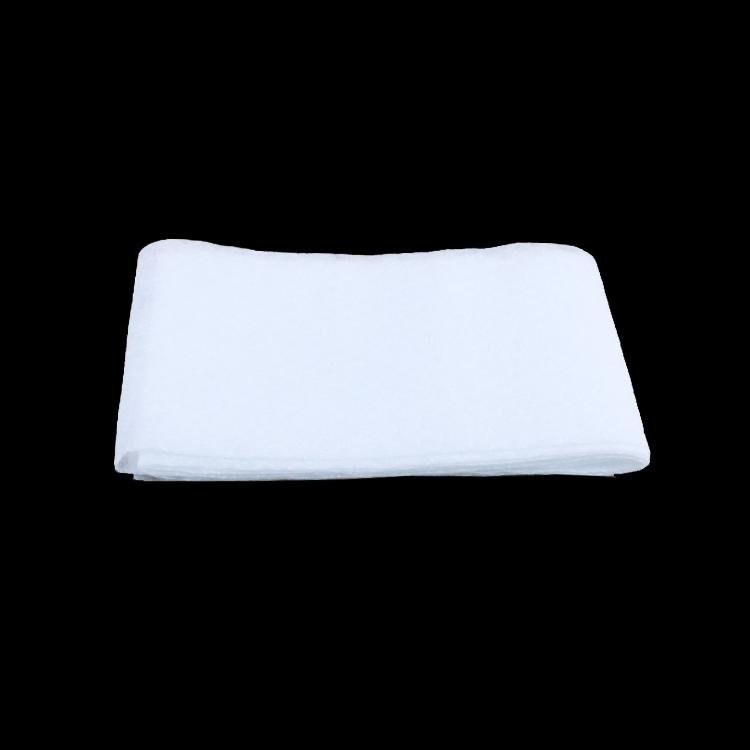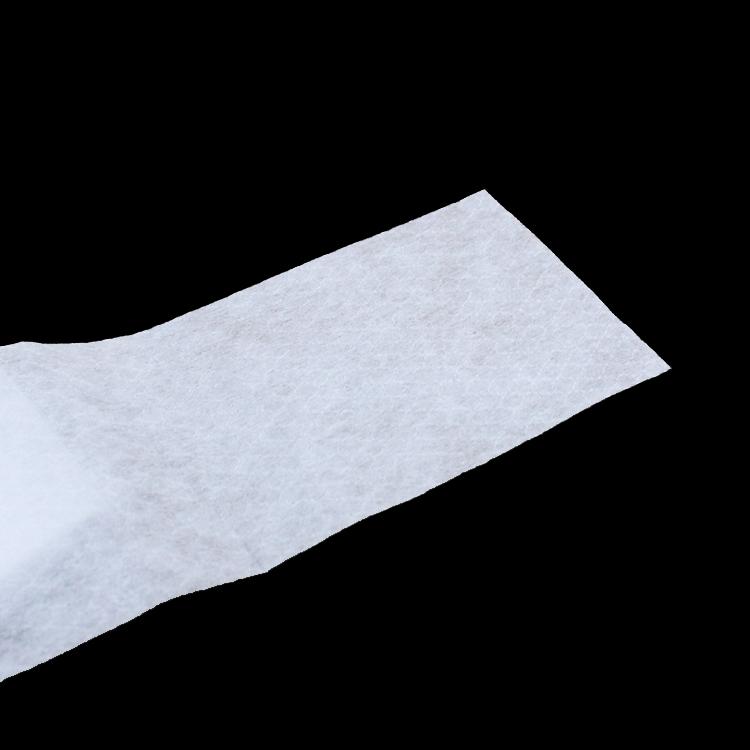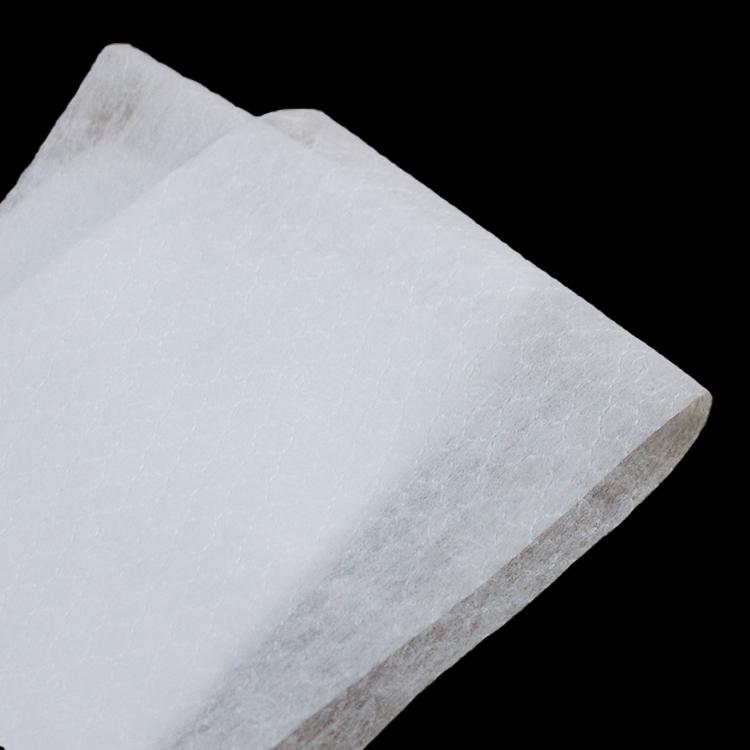Author:Baby & Adult Diaper Materials FROM:Diaper Materials Manufacturer TIME:2023-07-07
The production technology of composite fibers and hydrophilic hot air non woven fabric materials has become more and more mature, and consumers have put forward higher expectations and requirements, so the development of products is developing in the direction of differentiation and diversification. This article briefly introduces the development trend of Hydrophilic hot air non woven fabric.
There is no finer, only finer. In China, the customer's demand for hot air material for the face layer has changed from 2.0D to 1.5D, and the 1.2D fiber material with a velvety feel has become popular since the beginning of 2018. Especially the bottom layer of baby diapers, using 1.2D fiber hot air non-woven fabric, gives the product a luxurious and high-end touch, which is loved by mothers. Fiber manufacturers are now actively developing 1.0D and 0.8D composite fibers that can be mass-produced and easy to card. This may be one of the options for ultra-high-end hygiene products in the future.
The popular explanation of this design concept is that the non-woven fabric made of 2D composite fibers is as soft as the cloth made of conventional 1.5D fibers. At the same time, as the fineness of the fiber itself becomes thicker, the pores between the fibers become larger, so that the penetration rate of the liquid has been significantly improved, and the liquid storage between the fibers will also be greatly reduced. Finally, it gives the surface material a soft feel, good liquid conductivity and low rewet.

In the fiber production process, it is necessary to use a spinning finish to prevent or eliminate the accumulation of static electricity, and at the same time to impart softness and smoothness to the fiber, so that it can pass the subsequent process smoothly. Oils generally include smoothing agents, emulsifiers, antistatic agents and modifiers. In the development of new fibers, weak acid components can be added, so that the pH value of the final non-woven fabric is in the range of 5.5~6.0, which is close to the average pH value of human skin, and has a protective effect on the skin and the small environment of the body. Botanical ingredients can also be added to oils, similar to cosmetics. For the surface material of sanitary products, the most important requirement of customers is dryness. By using a weakly hydrophilic oil agent, the overall dryness of the sanitary product can be improved, that is, the amount of re-penetration of the material can be reduced, but at the same time, the penetration time can be slightly increased. In addition, antibacterial nonwovens are gradually favored by the market. The application of bacteriostatic oil to composite fibers is a common and economical way to produce bacteriostatic hot air non-woven fabrics.
Natural fiber is a very popular textile material for consumers, and it is mainly divided into plant fiber, animal fiber and mineral fiber. In the field of sanitary products, the main ones that can be added are cotton, linen, silk and wool. The addition of cotton fiber is very popular in the field of Hydrophilic hot air non woven fabric. The addition ratio is generally 1% to 10%. Due to the low addition ratio, it has little effect on the moisture absorption performance of the material, but cotton fiber does not participate in the bonding of hot air , thus increasing the softness of the material.

Special fiber blends are similar to natural fibers, most of which are not involved in bonding. The types of fibers that can be mixed include polylactic acid fiber (PLA), bamboo fiber, lyocell fiber, chitin fiber, seaweed fiber, milk protein fiber, soybean protein fiber, etc. These fibers can be used as raw materials for spunlace nonwovens and can be used 100%. But in the field of hot air, it can only be partially added.
The post-processing is to make the non-woven material show a beautiful appearance, reflect the characteristics of breathability, softness and fluffy, and reduce the contact points with the skin, so as to feel comfortable subjectively. There are many ways to achieve the above features, including punching, embossing, lamination, coating, etc. With the development of technology in the nonwovens industry and the increase in the needs of consumers at different levels, small and beautiful innovations will emerge one after another. Hydrophilic hot air non woven fabric will be continuously launched from various aspects such as oil agent, fiber production, hot air technology and post-processing. New products and combinations of various nonwoven technologies provide a wide variety of material options for hygiene products.


 Email: info@whldiapernonwoven.com
Email: info@whldiapernonwoven.com
 MP/WhatsApp: +86-13599937366
MP/WhatsApp: +86-13599937366
 Manufacturer Address:Room 1105B, Bld M1, Manhattan, Yulongwan, Shimao, Shuanglong Road, Meiling Street, Jinjiang, Fujian, China
Manufacturer Address:Room 1105B, Bld M1, Manhattan, Yulongwan, Shimao, Shuanglong Road, Meiling Street, Jinjiang, Fujian, China